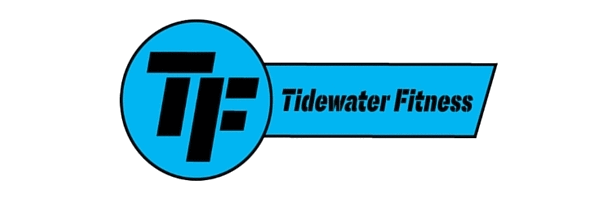Forward head posture (FPH) is very common posture within our society today. It is recognized as the position in which the ears are in front of the shoulders. We sit at desks all day, look at our phones and tablets, read books, and many other things that allow us to drift into this position. It looks like the picture below.
Good head posture is demonstrated with the ear directly over the shoulder. As your head moves forward, it can place an incredible strain on the nerves and musculature around the neck.
The average human head weighs around 8-12 pounds (1). Ten pounds are added to this for every inch the head moves forward (2). So, just a mere 2 inches can increase the weight by 20 pounds!
This may not sound like much, but the muscles of the neck are not made to maintain this amount of weight overtime. Imagine holding a 10 pound dumbbell versus a 30 lb dumbbell. Will you be able to hold the 30 pound dumbbell longer than the 10? Probably not.
Research shows that those with FPH have an increased prevalence of shoulder, neck, and headache pain (3). This makes sense as the neck and shoulders have an increased work demand. Research has also shown that those with FPH will have more trigger points than those with good posture (4). Trigger points are knots that can be felt within the muscle. These knots are often tender to touch, can be a site of pain, and also cause muscles to function improperly.
If you constantly have headaches, neck pain, or shoulder pain this could be why. An easy way to assess yourself is to have someone take a picture of your standing posture. You can then see if it looks like the picture I showed above.
If you have a forward head posture, here are some things you can do to help.
1) Try to keep your chin back.
This will be very hard at first because it will feel unnatural. Try to be cognizant of your posture and what it feels like to be in a forward head position. Once you feel yourself doing it, pull your chin back as shown in the picture. As you do it more and more it will feel more natural and become easier to do. It shouldn’t be painful though. If it is then you may be tucking too much.
2) Perform quadruped chin tucks
This is something you can do daily and during your exercise warm up. The first thing is to get on your hands and knees. From here, push your head forward. Then take your chin and pull it back toward your neck. Finally, pull the neck up slightly while maintaining this chin tuck (this will feel like you are making a double chin). You will feel the muscles in the front and back of your neck activating. This will help strengthen these muscles.
3) Try to keep your devices and books just below head level
This is a hard one, as most of us read and watch videos with books and electronics in our lap. Doing this will automatically throw you into a forward head position, because you will have to look down. Take a second and look down at your lap. You should feel a big stretch in the muscles at the back of the neck.
If you are able keep the books and devices closer to your head you will notice a difference immediately. One thing I recommend is a book stand. Using this will keep you from leaning your head over. I bought one last year and use it all the time. I not only use it for books, but also my iPad if I am watching any videos. If you do either of these very often, this is a must have.
Wrapping Up
I see forward head posture in many of the clients I work with. As I have showed, it can be the cause of a large amount of pain. Fortunately, these three things can make a huge difference in how you feel. They won’t change your head position over night, but with continuous practice you will see the benefits. Give them a try, and let me know what you think!
If you are looking for a personal trainer in Savannah, contact me to set up a consultation.
And if you found any of this information helpful, or know of someone it could help please share with others!
References:
1. Goldstein, Jonathan P. Goldstein Helmet Study. Biker’s Rights. May-June 2006.
2. http://www.chiro.org/LINKS/Forward_Head_Posture.shtml
3. Griegel-Morris, P. et al. Incidence of Common Postural Abnormalities in the Cervical, Shoulder, and Thoracic Regions and their Association with Pain in Two Age Groups of Healthy Subjects. Physical Therapy. 1992. 72 (6):425–31.
4. Fernandez-de-Las-Penas, C. et al. Myofascial trigger points neck mobility, and forward head posture in episodic tension-type headache. 2007. 47 (5):662-72.







